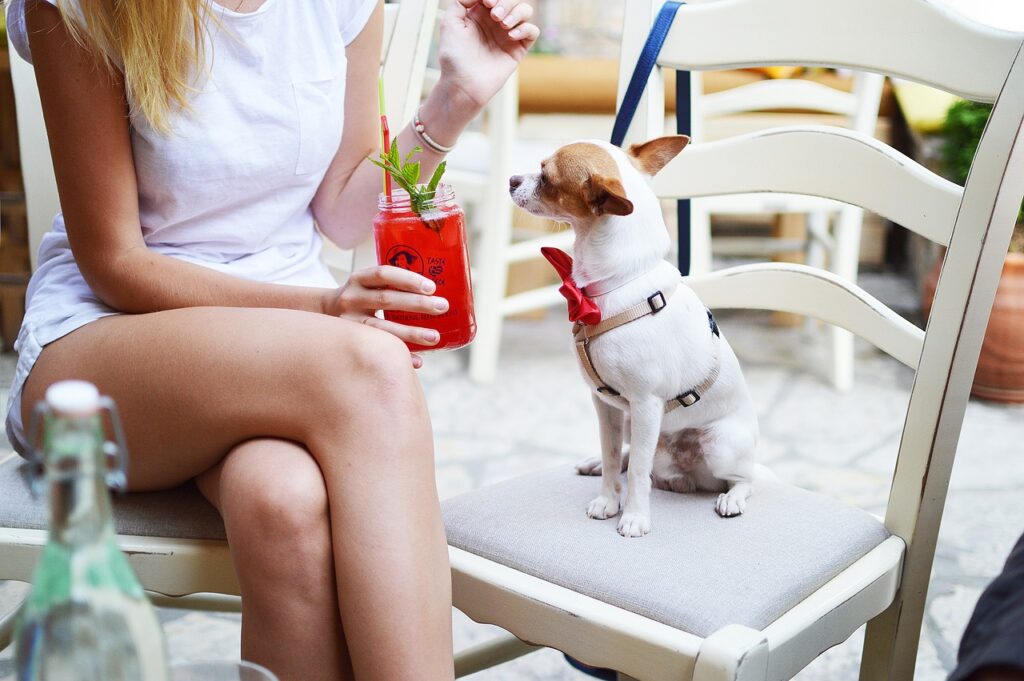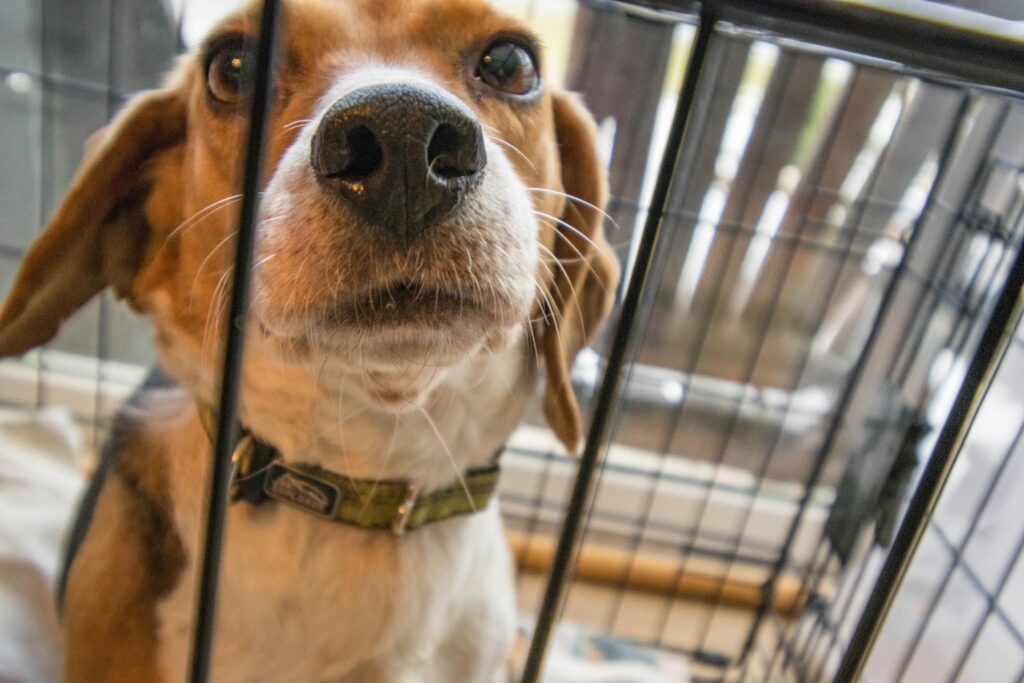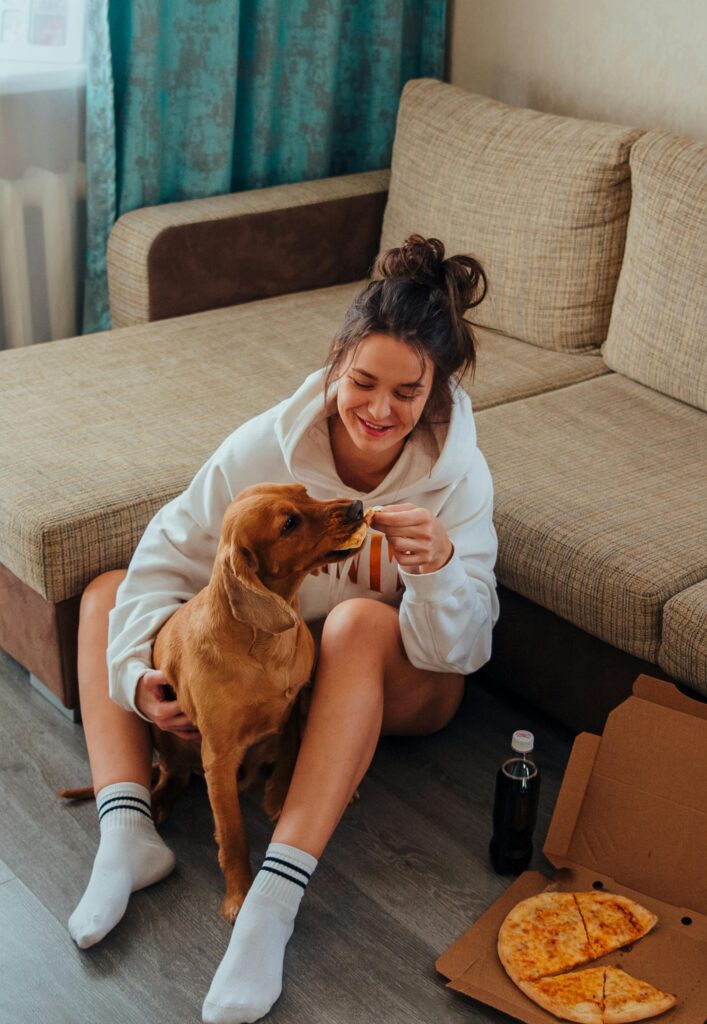
Crucial Tips for Effective Crate Training
Crate training is an essential practice for any dog owner, providing a secure haven for your pet and relaxation for you. To improve your training experience, here are vital suggestions:
- Begin gradually: Make the crate a positive environment with treats and toys.
- Keep sessions short: Slowly extend the duration your dog spends in the crate.
- Avoid punishment: It’s important that your dog views the crate as a safe space.
- Always observe: Look for signs of stress to modify your training approach.
In times of unexpected situations, ensuring the safety and well-being of your furry friend is paramount. Emergencies can arise at any moment, whether it be natural disasters, sudden illness, or even unexpected visitors. One effective way to prepare for these unforeseen circumstances is through crate training. This essential skill not only provides a safe haven for your dog but also helps you manage their behavior during stressful times. In this comprehensive guide, we’ll explore the myriad benefits of crate training and offer practical tips on how to master this art for your dog’s safety and comfort.

A crate serves as a secure environment for your dog, protecting them from potential dangers during emergencies. Whether it’s a thunderstorm, a fire, or an evacuation scenario, a crate can keep your dog safe from harm and prevent them from running away in panic.
The Importance of Crate Training for Emergency Readiness
Crate training encompasses more than simply providing a space for your pet; it’s a fundamental strategy for their safety during emergencies. Here’s why it plays a crucial role:
- Safety First: In stressful situations, a crate serves as a secure sanctuary where your dog can find comfort amidst chaos.
- Ease of Travel: If evacuation becomes necessary, a dog familiar with their crate will adapt more readily to transportation.
- Managing Behavior: Utilizing a known crate during tense moments can help ease anxiety, keeping your pet calm and manageable.
With effective crate training, you’ll help your dog feel safe and secure, no matter the circumstances. Let’s explore the advantages further and discover how to set up the perfect training atmosphere. Dogs can experience anxiety during chaotic situations. A crate can provide a familiar and comforting space where they can retreat and feel secure. This is especially important during events like fireworks, thunderstorms, or when there are unfamiliar people in the home.
House Training Aid
Crate training is an effective tool for house training. Dogs naturally avoid soiling their sleeping area, so a crate can help them learn to hold their bladder and bowels until they are let outside. If you need to travel with your dog, a crate can ensure their safety in the car. It prevents distractions while driving and protects your dog in case of sudden stops or accidents.

Crate training can help manage your dog’s behavior when you are not able to supervise them. It can prevent destructive behaviors, such as chewing on furniture or getting into hazardous items, by providing a safe space when you are away.
Behavior Management
Next Step
Workshops
Discover solutions tailored for you and your pet’s growth. Engage in discussions that make a difference in your training journey.

Session Details
Essential Crate Training Strategies
Join us for a comprehensive deep dive into crate training. We will explore techniques from experts and share stories of success to guide you through the process. Schedule your consultation today!

Event Schedule
Interactive Learning Sessions
Gain insights with hands-on training that helps both you and your dog thrive. Embrace an engaging environment filled with shared experiences and new knowledge. Drop us a line or two to tell us your story.

Workshop Timing
Crate Training Essentials
Grasp the fundamentals of crate training with clear, expert guidance and collaborative support from fellow attendees, ensuring a rewarding experience for all.


